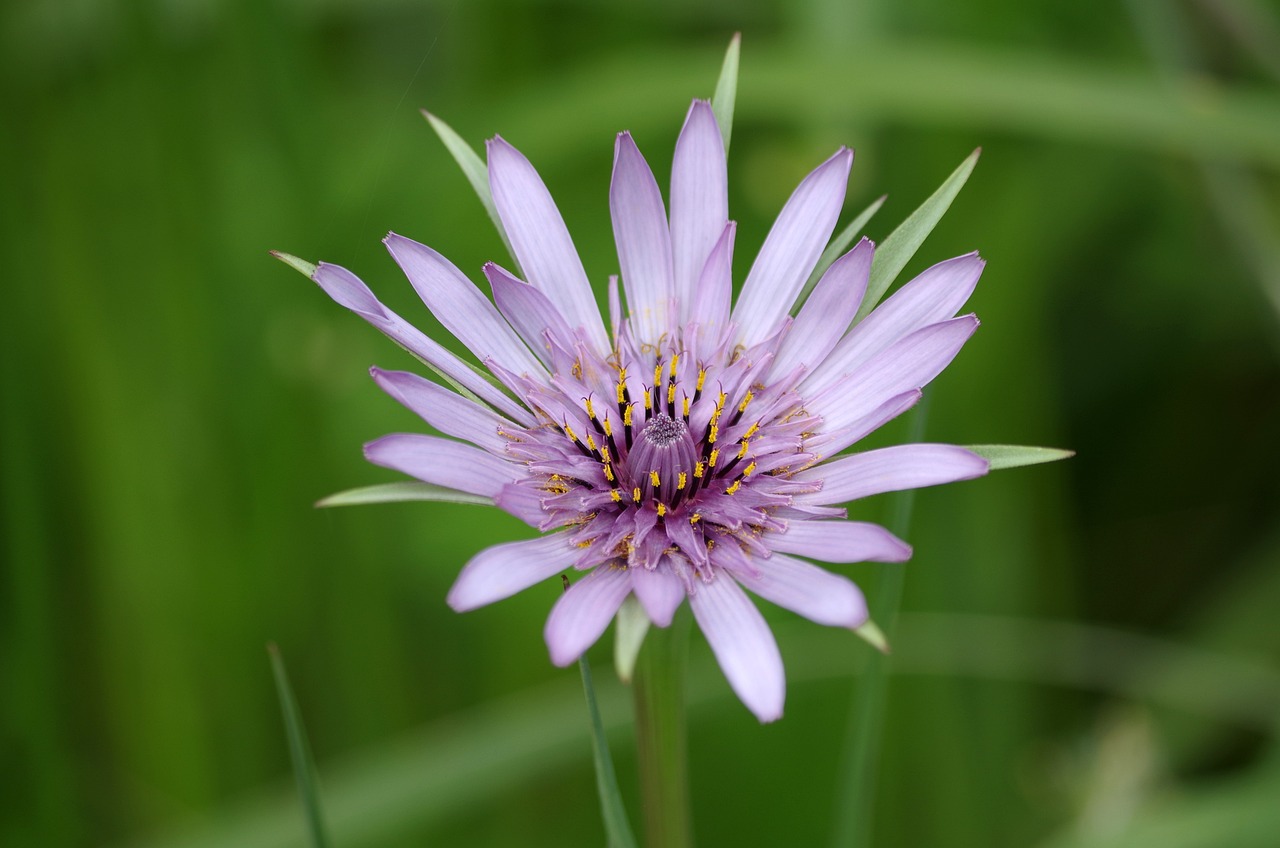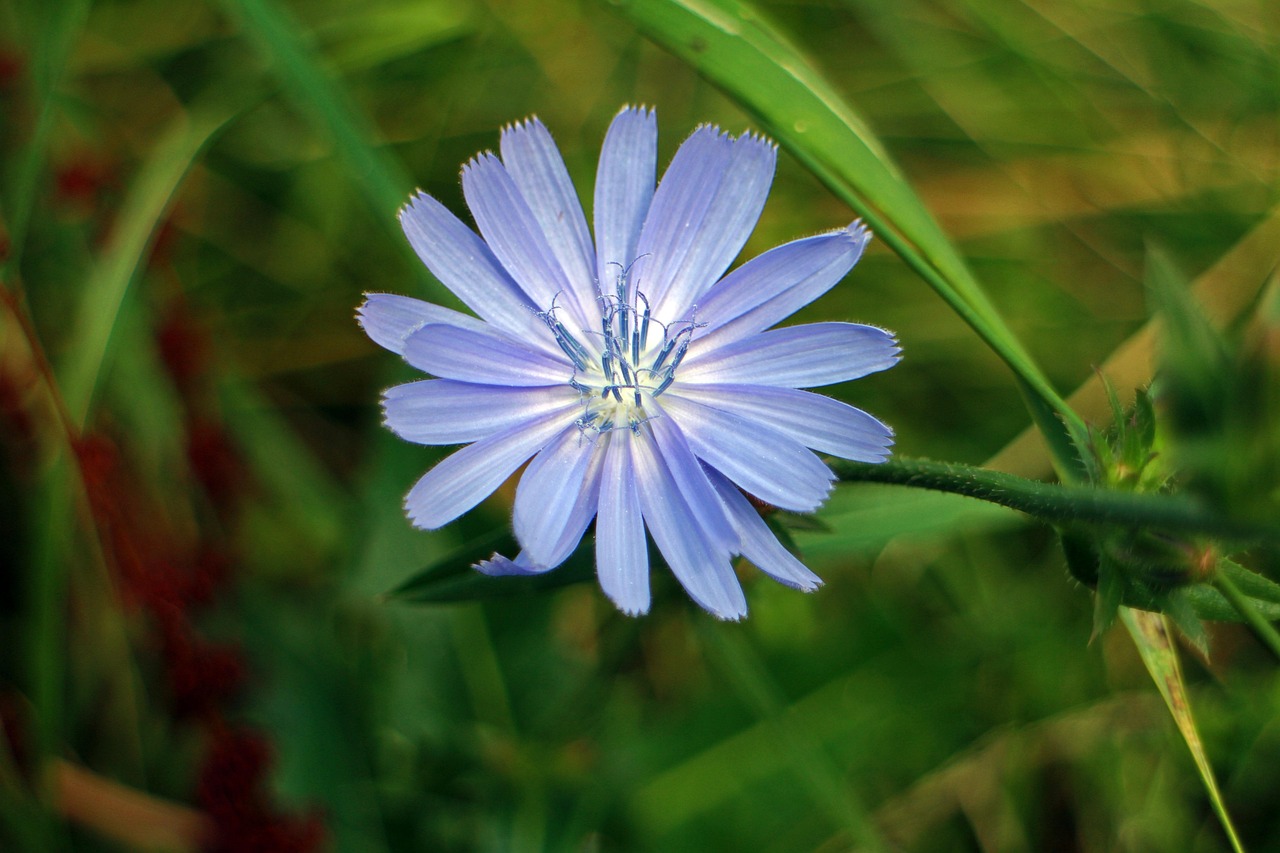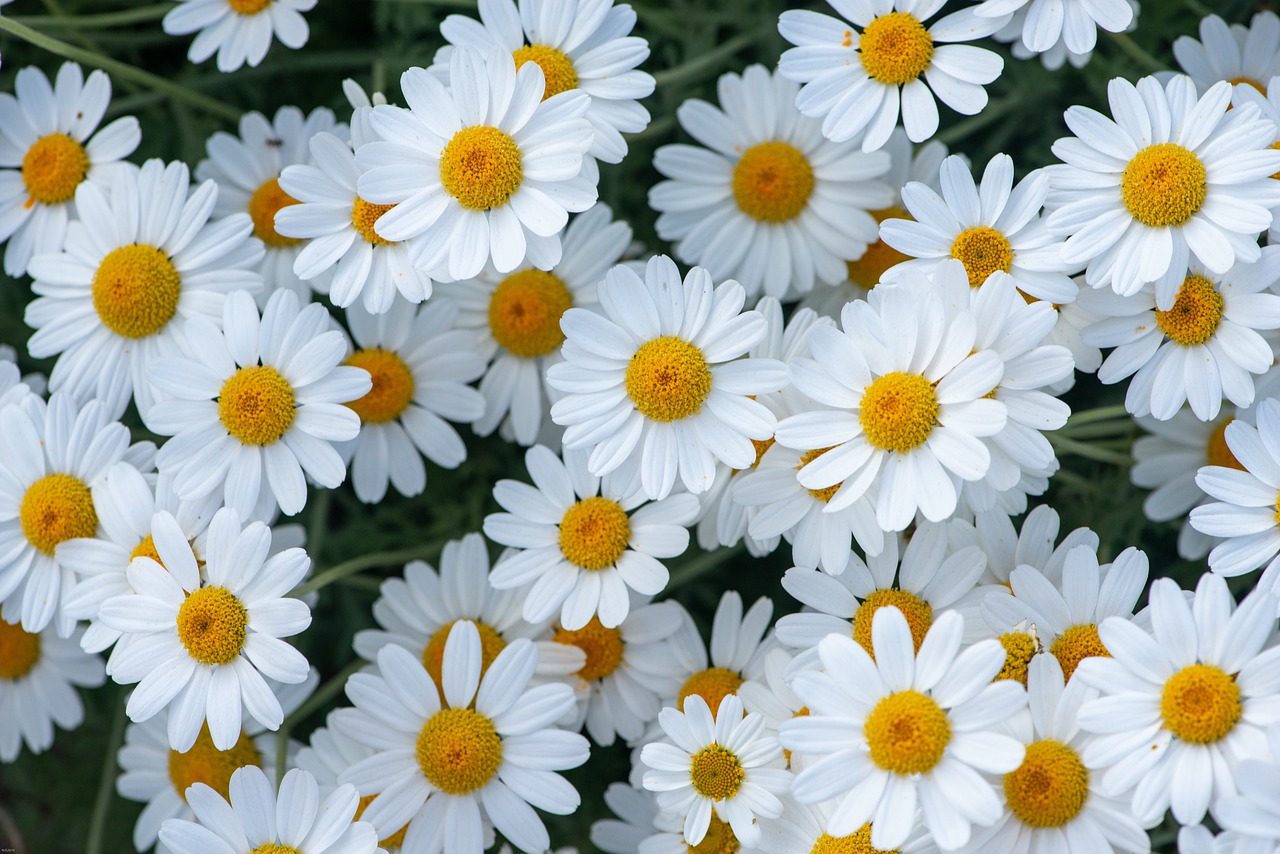Salsify: Features and Care

Salsify is a plant widely cultivated in Europe, known for its beautiful purple flowers and unique root flavor. Although not as common in Japan, it is sometimes grown as an ornamental plant in gardens.
In this article, I will explore the basic information about salsify, its cultural significance, historical background, and gardening tips.
Basic Information
- Scientific name: Tragopogon porrifolius
- Family: Asteraceae
- Origin: Mediterranean coast, Europe
- Appearance: Salsify features long, narrow leaves and striking purple flowers that resemble thistles. The plant grows to a height of about 60–120 cm, and its wild and attractive look makes it a standout in natural gardens. It blooms from early summer to fall.
- Blooming season: From early summer to fall (June to September).
Cultural Significance Around the World

Salsify is well-known in Europe and is especially popular among gardening enthusiasts as an ornamental plant. In the UK, it is often planted in gardens, where the vibrant purple flowers add a touch of elegance to early summer landscapes. In countries like France and Italy, salsify is valued as a traditional garden plant and can even be found growing wild in some regions.
In North America, salsify has also gained popularity among some gardeners who appreciate its ability to add a natural look to their landscapes. In contemporary gardening culture, salsify is increasingly used in wildflower gardens or naturalistic settings, enhancing the beauty of more rustic and organic garden designs.
Historical Episodes
Salsify has a long history, dating back to ancient Greece and Rome. During the Middle Ages, it was widely cultivated across Europe and was often used for ornamental purposes. The striking beauty of its flowers made it a favorite among the nobility, who featured it in their gardens and palace grounds.
Monastic gardens in medieval Europe frequently grew salsify as well. Monks tended to the plant, appreciating its beauty and cultivating it as part of their broader interest in horticulture. By the Renaissance period, with the rise of botanical studies, salsify appeared in botanical illustrations and became known across Europe as a notable plant species.
Gardening Advice

Salsify is known for being relatively easy to grow. It prefers full sun and thrives in well-drained soil, ideally sandy soil that prevents moisture buildup. Planting seeds in spring will yield beautiful blooms from early summer through fall.
Watering should be done generously, especially during dry periods, but be cautious in areas with poor drainage to avoid root rot. Staking the plants can help support their tall stems and prevent them from toppling over in strong winds. Once the flowers have bloomed, you can collect seeds to plant the following year.
Salsify works well in natural gardens, where it blends harmoniously with other wildflowers and perennials, creating a scenic, wildflower-inspired landscape. It is an excellent choice for adding a rustic charm to your garden.
Conclusion
Salsify is a fantastic plant for both beginners and experienced gardeners, thanks to its striking purple flowers and ease of cultivation. With its rich historical background, salsify continues to bring a touch of natural beauty to modern gardens.
Consider adding salsify to your garden or flowerbed to enjoy its seasonal splendor and the unique atmosphere it creates.




